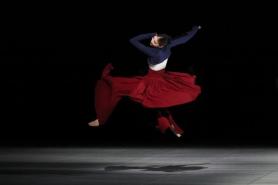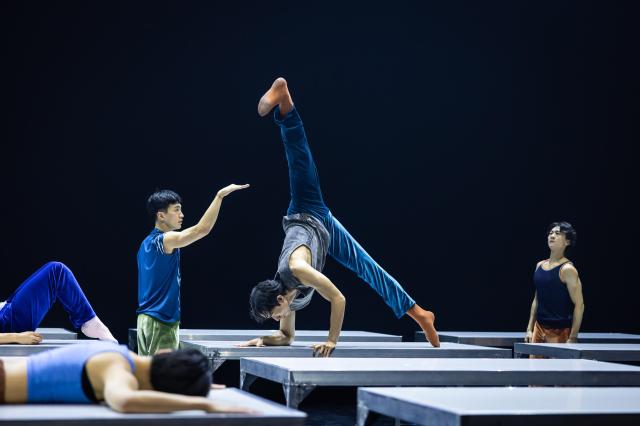
SEOUL, November 10 (AJP) - What looks like total chaos — fourteen dancers leaping, crawling, and tossing one another in midair amid tightly arranged metal tables — is, in fact, a work of meticulous control. A single misstep could mean a ruined sequence or even a serious injury.
Discipline is the axis of American choreographer William Forsythe’s “One Flat Thing, Reproduced.” The tables impose strict rules: confined space, exact timing, predetermined pathways. The dancers must sense one another with the precision of orchestra players, never missing a cue.
“Choreography,” Forsythe once said, “is not the same as dance. It is the architecture of the desire to dance.” That philosophy surfaced in every moment — a balance of control and risk, rule and release. Within its rigidity, the work radiated beauty, revealing how the body seeks freedom even inside the tightest constraints. It showed how far movement can reach within limits, how precision and trust can generate their own kind of emotion.
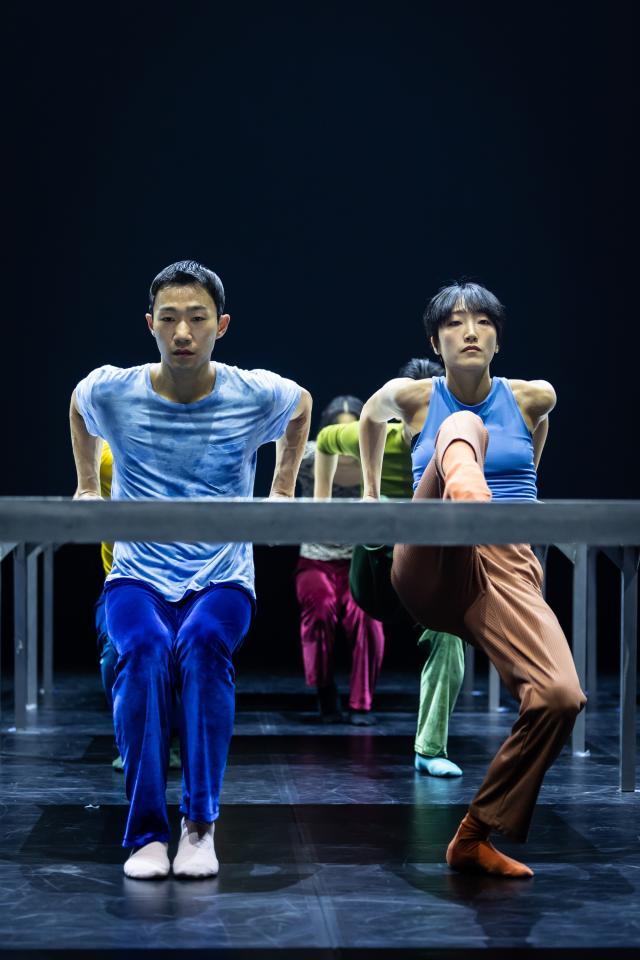
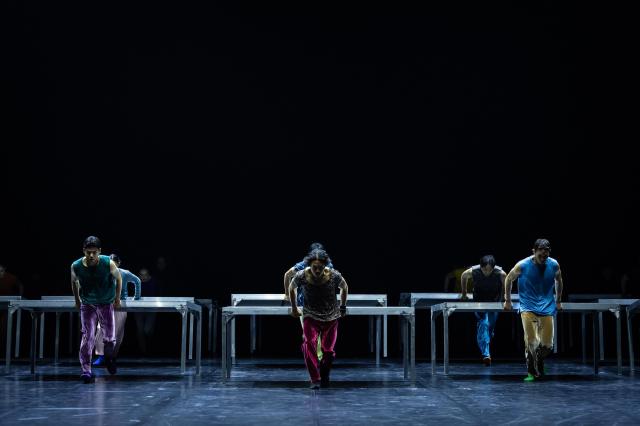

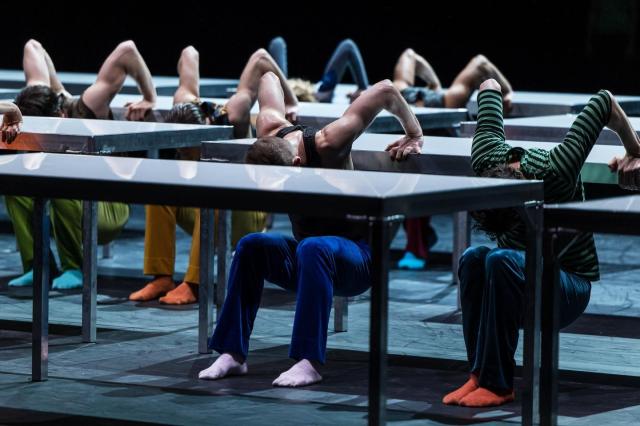
When the lights rose again, the stage transformed for Kim Sungyong’s “Crawl,” a work built around the opposite idea: freedom. Open space replaced the rows of tables. Rolling and flexing bodies moved with a breath-like rhythm, expanding and contracting as if discovering the stage anew.
Created through Kim’s collaborative method, Process Init, the piece emerged not from instruction but from improvisation. “Sometimes the process felt like walking backward,” Kim said. “But through those pauses and restarts, the work found its own direction.” He fed the dancers simple cues — “heat,” “patience,” “silence” — allowing movement to grow from sensation rather than steps. The result felt spontaneous yet interconnected, a choreography that wrote itself in real time.
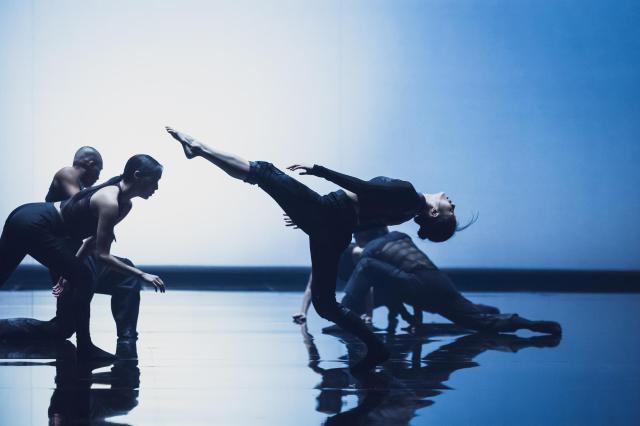
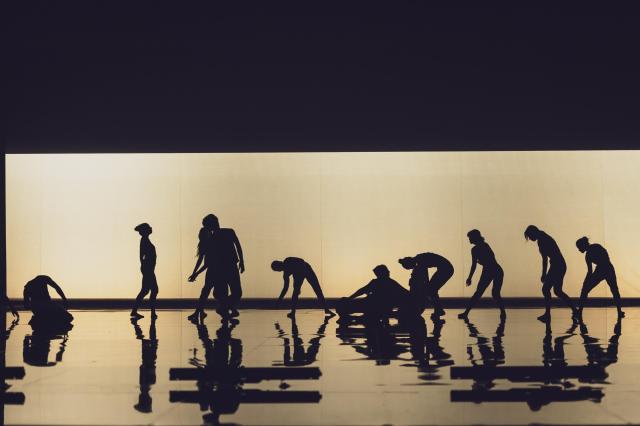
Audience member Lee Hae-rin, 27, captured the contrast. “Forsythe’s piece felt like every second mattered — like watching precision under pressure. But Crawl was completely different. It felt fluid.”
Together, the two works delivered a message that dance does not need to be explained through theory. It can simply display what the body can do — how rules strengthen it, how freedom exposes emotion — leaving room for each viewer’s own interpretation.
According to the National Dance Company, about 1,600 people attended the two-day run, a strong turnout for the National Theater. “The contrast between the two pieces was what audiences talked about most,” an official said. “Forsythe is a name you usually see in history books, and this was the first time ‘One Flat Thing, Reproduced’ was performed by Korean dancers — that alone made it special.”
For the National Dance Company of Korea, the program was more than a pairing of two works. It demonstrated how discipline and freedom — seemingly opposite forces — can meet onstage and speak the same language.

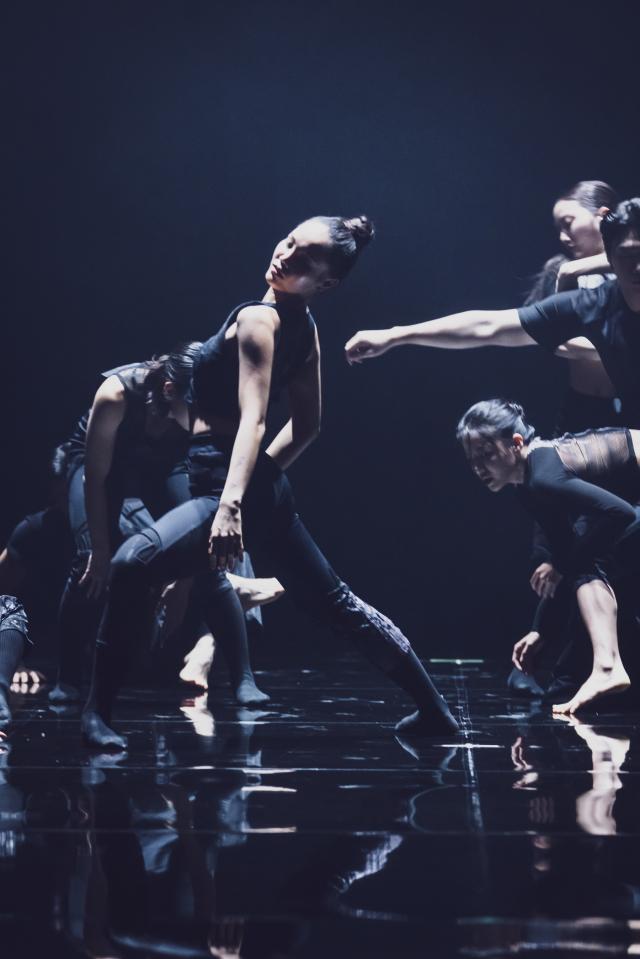
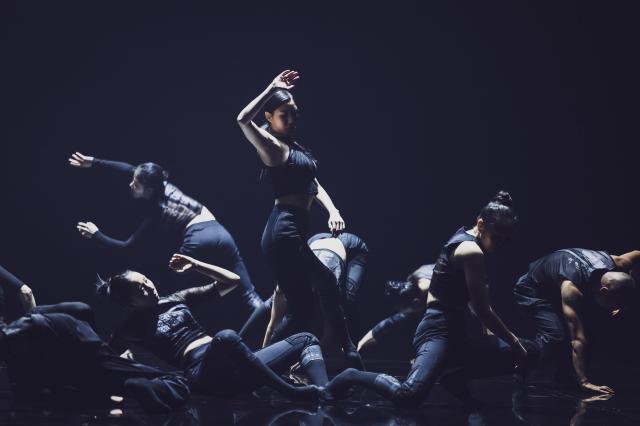
Copyright ⓒ Aju Press All rights reserved.



